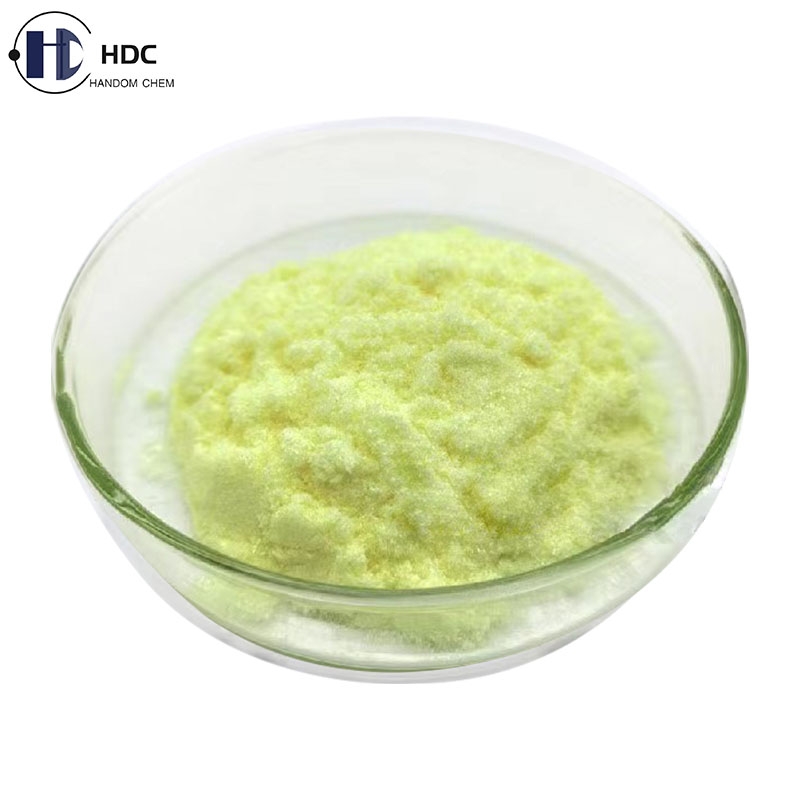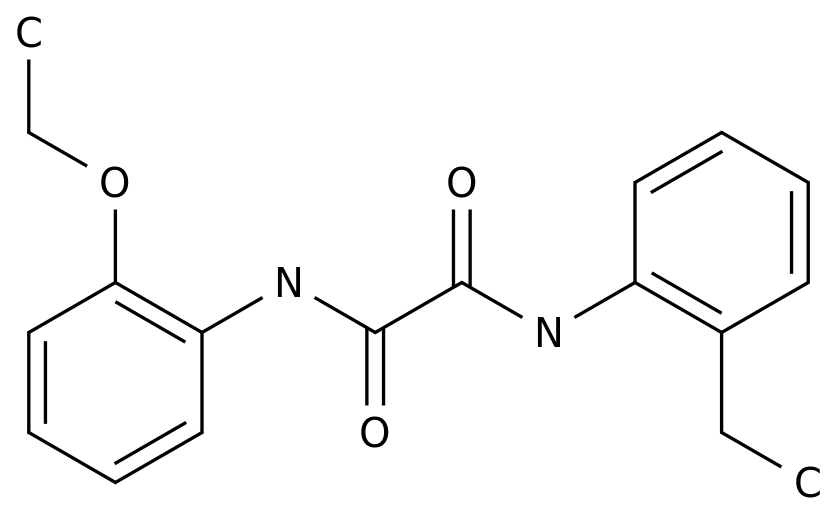-
Categories
-
Pharmaceutical Intermediates
-
Active Pharmaceutical Ingredients
-
Food Additives
- Industrial Coatings
- Agrochemicals
- Dyes and Pigments
- Surfactant
- Flavors and Fragrances
- Chemical Reagents
- Catalyst and Auxiliary
- Natural Products
- Inorganic Chemistry
-
Organic Chemistry
-
Biochemical Engineering
- Analytical Chemistry
- Cosmetic Ingredient
-
Pharmaceutical Intermediates
Promotion
ECHEMI Mall
Wholesale
Weekly Price
Exhibition
News
-
Trade Service
According to the Markets and Markets report, the global battery materials market is expected to grow from $43.
5 billion in 2018 to $65.
78 billion in 2023, with a CAGR of 8.
62%
during the period.
The global battery materials market will increase to $43.
5 billion in 2018
Asia Pacific will lead the global battery materials market
.
Battery materials are used to make batteries
.
Cathode, anode, electrolyte and separator are the main components of
a battery system.
Different materials are used to make cathodes, anodes, electrolytes and separators
for different rechargeable batteries.
Lead-acid battery materials and lithium-ion battery materials account for a major share
of the global market.
In 2018, lead-acid batteries will become the largest battery type in the battery
materials market.
This large share can be attributed to its renewability and increasing application in backup power, emergency lighting, utilities, security systems, railway backup systems, oil and gas, renewable energy systems, and other applications
.
Batteries reduce carbon emissions and provide renewable and recyclable energy
.
Lead dioxide is the cathode material
of choice when manufacturing lead-acid batteries.
The cathode is the most used lead-acid battery material part because it constitutes the largest part of
the lead-acid battery.
In addition, the increase in R&D investment in high-volume, low-price material innovation will drive the cathode materials market
as cathode material manufacturers create a balance between high quality and low price.
Asia Pacific will become the largest market
for battery materials by 2023.
The battery materials market in Asia Pacific is mainly driven
by the growing demand for battery materials in China.
Significant investments in automotive, electronics, and energy storage systems are key factors
driving the battery materials market in China.
Government support, presence of strong manufacturing bases, and increasing investments by automotive companies in electric vehicles are driving the global battery materials market
.
Major players in the global battery materials market include Umicore (Belgium), Asahi Kasei (Japan), Mitsubishi Chemical Corporation (Japan), POSCO (Korea), Johnson Matthey (UK), Hitachi Chemical Corporation (Japan), Kureha Corporation (Japan), Sumitomo Corporation (Japan), Toray Industries, Ltd.
(Japan), Mitsui Mining and Smelting Co.
, Ltd.
(Japan), etc.
,
According to the Markets and Markets report, the global battery materials market is expected to grow from $43.
5 billion in 2018 to $65.
78 billion in 2023, with a CAGR of 8.
62%
during the period.
The global battery materials market will increase to $43.
5 billion in 2018
5 billion in 2018
Asia Pacific will lead the global battery materials market
.
Battery materials are used to make batteries
.
Cathode, anode, electrolyte and separator are the main components of
a battery system.
Different materials are used to make cathodes, anodes, electrolytes and separators
for different rechargeable batteries.
Lead-acid battery materials and lithium-ion battery materials account for a major share
of the global market.
In 2018, lead-acid batteries will become the largest battery type in the battery
materials market.
This large share can be attributed to its renewability and increasing application in backup power, emergency lighting, utilities, security systems, railway backup systems, oil and gas, renewable energy systems, and other applications
.
Batteries reduce carbon emissions and provide renewable and recyclable energy
.
Lead dioxide is the cathode material
of choice when manufacturing lead-acid batteries.
The cathode is the most used lead-acid battery material part because it constitutes the largest part of
the lead-acid battery.
In addition, the increase in R&D investment in high-volume, low-price material innovation will drive the cathode materials market
as cathode material manufacturers create a balance between high quality and low price.
Asia Pacific will become the largest market
for battery materials by 2023.
The battery materials market in Asia Pacific is mainly driven
by the growing demand for battery materials in China.
Significant investments in automotive, electronics, and energy storage systems are key factors
driving the battery materials market in China.
Government support, presence of strong manufacturing bases, and increasing investments by automotive companies in electric vehicles are driving the global battery materials market
.
Major players in the global battery materials market include Umicore (Belgium), Asahi Kasei (Japan), Mitsubishi Chemical Corporation (Japan), POSCO (Korea), Johnson Matthey (UK), Hitachi Chemical Corporation (Japan), Kureha Corporation (Japan), Sumitomo Corporation (Japan), Toray Industries, Ltd.
(Japan), Mitsui Mining and Smelting Co.
, Ltd.
(Japan), etc.
,







